|
by Shawna Puustinen Primary multiage, Riverbend School Artful Teaching has giving me so much to think about. I have spent the last decade integrating art into my language arts, science and social studies units. An art project here, a drawing there, a model of a neighborhood made out of milk cartons. That’s art, right? I guess it never occurred to me that I could use art to teach social studies, math, science and language arts. I would love to say that this realization resulted in a complete overhaul of my teaching, in which every lesson was embedded with artful learning. Of course, I can’t say that. I can say that I have embedded artful learning routines into my day (well, not everyday). I am slowly but surely building my understanding and gaining the skills needed to be an artful teacher. Our school has adopted the One School, One Book initiative. For the past two years our amazing PTO has picked one book and purchased a copy for every student, staff and employee in our building. The idea being that we will all read the book and be able to talk about it. Teachers read the book in their classrooms, students take their copies home and the school hosts some school community events and activities. This year, Arctic Aesop’s Fables by Susi Fowler was the book chosen. Each classroom picked one of the fables from the book to design a bulletin board. What started out as a small cooperative art project ballooned into a full-fledged unit of study. We looked at characters, settings, problems, solutions, and the moral of each story. We then compared the two stories, looking for similarities and differences. We had lots of great discussion about friendship and good sportsmanship. On what I thought was going to be the last day before I was to leave on vacation, the students worked together in small groups to create tableaus for their favorite parts from one of the two stories.
On Monday I boarded a plane for a wonderful week in the Florida sun, completely forgetting that months before I had promised the kids that we would do a puppet show. Guess who didn’t forget. My daughter, who just happens to be one of my second graders this year. Ugh! Aren’t there rules about having your own kids in your class? Just kidding. It has been a blast having my daughter in my class. So, that’s how it happened. I got back from vacation and my daughter reminded me and the rest of our class that I had promised a puppet show. Clay, sticks and imagination… I am going to start this section by confessing that I hate puppetry. Nothing makes me feel sillier than interacting with a puppet. I have tried...really. I have spent countless uncomfortable minutes having conversations with Impulsive Puppy and Slow Down Snail. It always leaves me feeling...weird. So, I knew that trying to teach a puppetry unit was going to stretch me in many ways. I started the unit with dot sticker popsicle stick puppets. The kids each got to draw eyes and mouth on their dot sticker and put it on a tongue depressor. Most of the kids were pretty excited, but a few were less than excited to be holding a tongue depressor puppet (oh, how I could relate to them). With great enthusiasm, I demonstrated arm positioning, puppet posture, large puppet movements (walking, running, going up and down stairs, lying down, getting up, etc), wrist movements (yes/no, looking up/down/around, reading, etc.), puppet emotions, and voice projection. The same few less-than-excited puppeteers actively tried to sabotage our puppetry lessons. Their poor tongue dispenser puppets experienced great head trauma while being repeatedly banged against tables and the floor. They refused to participate in voicing activities and their “I am too cool for this” attitudes were starting to spread. I was ready to call it.
As soon as the popsicle sticks were attached the kids were becoming their puppets. A few kids, were working together creating quick puppet skits. I still had one very reluctant artist. He was about as excited about creating his puppet as he had been about using a puppet. The kids got to pick one puppet to leave at school for the puppet show, and then take the other puppet home. One girl came back the next week with more than 10 little clay creatures she had made at home. It was neat to see how her creatures evolved from simple to very detailed and sophisticated.
During a morning meeting time, we watched two videos of people putting on shadow puppet plays. After watching the videos, I used the “See, Think, Wonder” thinking routine to help my kids process what they had seen. I was very impressed with what they observed. Many picked up on the techniques the actors were using to make their characters come to life. They noticed things like how voices changed from one character to the next. How the puppeteers used multiple sticks to move different parts of the puppets. They noticed the props changed from one scene to the next. They wondered about what would happen next in the stories and how the puppeteers made their puppets. As I watched and listened to them share with each other, I saw engagement, inclusion, success. The playing field was level. Each one of them, regardless to their background, learning needs, age, grade, etc., was able to share something that they saw or thought or wondered. Since the tableau process is very familiar to my students, I used the same process to get them started with planning their puppet skits. The groups did their thinking and sharing just like in tableau. When they were ready to plan, I had them go to tables to brainstorm what they would need to make their scenes works:
Tomorrow is our big production. The kids haven’t even finished the scripts, but I think it will be okay. I told them that I would video each of their skits and then we could all watch them together on the big screen in the room. All but one seemed really excited about this. As I am sitting here writing this, I can’t help but smile. These kids have done some amazing work in the past few weeks. It goes way beyond close reads, reading comprehension and craft projects. They connected to a story, stripped it to its bare bones, extracted the underlying message and then rewrote it in their own words. They worked cooperatively in groups. They explored new and old art forms. They created. They problem solved. They observed. They asked questions and found answers. They supported one another. They tried new things. They took risks. They stepped outside of their comfort zones. They failed. They persevered. It would be hard not to be proud of the work they have done. So tomorrow, no matter what happens, I will stand and applaud each of them with genuine admiration.
And it all started with one fable, from one book.
0 Comments
By Samantha Davis 8th Grade Language Arts, Floyd Dryden Middle School As I began my year in Artful Teaching, I was so excited to learn new ways of integrating arts into my eighth grade language arts classroom. During a fall unit about the parts of speech, I set a goal of working art into grammar instruction, both through the products students create to show their learning and through my own teaching methods. Though I eventually added in some of the strategies I was learning about in the Artful Teaching workshops, including tableau, I primarily focused on integrating comics into the parts of speech unit. Our learning objective was for every student to show their understanding of the parts of speech through a series of mini-comics. Because I wanted to begin our learning with a form that integrated art into instruction, I created short comic books introducing students to each of the eight parts of speech. As students moved through the unit, they learned to expect that each new concept would both begin and end with a comic: they’d learn about the part of speech through a comic, and they’d eventually produce a comic showing their understanding of the part of speech. We’d start by reading a comic about the part of speech aloud in class. Voices were strongly encouraged, and the actors in class often rose to the occasion, much to their classmates’ amusement. These comics not only introduced the content-area concept, it also forced me to take the same risk I'd be asking students to take: creating and sharing original artwork. This helped create a safe environment for creating and making mistakes. After we read the introductory comic, we’d discuss the part of speech, practice identifying it in different sentences, analyze why it matters in writing, and respond to writing prompts focused on that particular part of speech. Finally, students would show their knowledge of the part of speech through their own comics. The prompts for these comics were designed to encourage creativity, provide structure, and focus on the objective. For example, one comic was called, “The Adjectives I Met Today.” For this comic, students would pick a noun and invent a variety of adjectives for that noun to “meet.” Students used the artwork to (literally) draw connections between nouns and adjectives, thus representing the abstract concept of nouns modifying adjectives in a concrete, visual way. For the students’ preposition comic strips, the prompt involved picking a noun or pronoun and an action verb. Then, every successive frame had to be a prepositional phrase. Again, students were using art to demonstrate their understanding of an abstract concept. While the prompt and the prepared templates gave even more reluctant students the confidence that they could be successful, students were encouraged to extend and adapt the prompt as well. In every class, some students would take the initial prompt in new directions, without losing their ability to demonstrate their understanding of the content goals. In these situations, students would approach me with a proposal for another approach—“What if I…”—and we’d discuss how that approach would still work to show understanding of the content goals, or we’d modify it so it would still show the understanding while honoring the student’s unique approach. Some students were reluctant about their drawing skills. But stick figures were okay: after all, the star of “Adventures in the Parts of Speech” is a stick figure. In some ways, this approach to these projects helped establish a classroom culture where the expectation is not to avoid mistakes, but to try even when we’re unsure. Finally, one of my favorite moments of this unit--and in every unit in which students produced a piece of visual art--is the moment when the student work is displayed in the back of the classroom (our classroom gallery). Without fail, the day after their work is posted, students gather to observe the creations—always searching for their own, but also seeing how others responded to the same prompt in completely different ways. Often, they’re also assessing learning and asking new questions about the concepts. In the days and weeks after I post their work, I will often find students, on their own or with their classmates, browsing the gallery. So in this final stage, students are learning from each other.
So, why was it important for students to construct and demonstrate their understanding through the arts? First of all, I found students far more ready to engage with a pretty dry concept—the parts of speech isn’t exactly the stuff of fireworks—when it was introduced in the fun, humorous, and accessible medium of comics. Furthermore, when students began creating their own comics, it allowed for on-the-spot formative assessment along with natural extensions. It was easy to see which students had a mastery of the concept and which still needed more one-on-one instruction. Plus, with students so engaged in the project, it often gave me to provide that extra instruction as soon as I identified the need for it. Even more importantly, I’ve found that the use of art to show understanding builds community in the classroom. It forges connections: students who feel more confident in their artwork can encourage and support those who feel more apprehensive about their drawing skills, while students who felt more confident about their understanding of the content concept (in this situation, the parts of speech) can question and guide those who might still be confused. Comics--whether students are reading them or creating them--invite humor and conversation. In the classroom, as students worked on their comics, there was a constant buzz of conversation as they checked their understanding and ideas with each other. While everyone created their own comic, they worked together to create, sharing and exchanging supplies—“Can I use that crayon?” “No, I’m not done with it quite yet” “Oh, here, I have one you can use”—in ways that felt natural and needed no prompting from the teacher. Similarly, students began to use the artful thinking disposition of see-think-wonder before it’d been formally introduced, as they shared their work with each other, making observations and asking questions. The work was both individual and collaborative. When I think about this question, “Why was it important for students to construct and demonstrate their understanding through the arts?”, I think about these scenes: students gathering in front of the gallery to see, think, and wonder about each other’s work; students sharing art supplies and ideas; students laughing and celebrating each individual’s unique approach to a project. In short, when students construct their learning through the arts, it encourages both individual creativity and a supportive classroom community. Though I’m in my twentieth year of teaching, my participation in Artful Teaching has consistently provided me with new challenges, ideas, and inspiration over the course of the year; I’m already looking forward to building on all I’ve learned this year with next year’s students. by Nadine Marx 4th Grade, Auke Bay Elementary Too often I see a blank stare on my students’ faces when they are tasked with writing. The pressure of an assignment empties their brains of ideas and they don’t know how to start. After participating in Jamin Carter’s workshop, Cut Paper: A Pathway to Creative Writing, I was excited to try his way of warming up students by integrating art into the writing process. Students would learn about art elements (shape, size, color, space) and create a piece of art using construction paper, scissors, and glue, and in doing so, would plan the setting, characters, and problem in a story before being asked to write a well-developed narrative. Before teaching Jamin’s lesson, I led students through mini-lessons on story structure, problem and solution, figurative language, and how to write and punctuate dialogue. Then, over two days, I taught Jamin’s lessons as scripted in the materials provided at the workshop. Students enjoyed learning the gestures that went along with the art elements. They loved playing Pass the Setting, and were excited that they would create their own picture of a problem that they would write about. On Day 3, I was surprised (and delighted) that most students had no problem thinking of a problem to illustrate, and were able to get right to creating a picture. One student needed some time to think of a problem, but then easily finished his picture within the time given. Students were asked to create a paper scene of the problem, or the middle of their story, showing setting, time of day, characters, and lastly, give a hint as to how the problem might be solved. On Day 4, students got started with their narrative writing. I was clear about my expectations, showing them a scoring guide I would use to evaluate their writing (thinkSRSD.com). Because of increasing expectations for 4th graders to type responses on assessments, I provided a google doc for students’ writing. Three of 23 students opted to write their story in their journals, while the others typed. When students had their first draft of their story done, I asked them to complete an “Exit Ticket” on Google Forms about the project. I asked if they finished their art, if the art helped them plan their story, if the art helped them write their story, and if they would like to do this again. Questions 2-4 were answerable on a scale of 1 to 5, 1 being on the No end, and 5 meaning Yes. Offering these choices may have been a mistake, since students gave a lot of 3s, making data less telling. After reviewing answers, I printed the individual forms, allowing space at the bottom for a written explanation of their answer. This was more helpful. But because I was asking students for multiple edits and rewrites, most written comments were harping on the amount of work this project was. Apparently they did not like to edit. A few written comments expressed the students’ enjoyment of the project. My own observational data led me to believe that creating the picture of the problem before writing the story was highly effective. Students had created the setting, characters, and problem and had thought about the solution before starting to write. I thought that students seemed to be writing their stories more quickly, and just as I had felt that the story flowed out of my pen after having done most of the thinking and planning beforehand during the workshop, I thought that students’ writing seemed to be an easier process for them. I did not see students staring blankly at the screen or page, and if they were, it was because they were trying to think about how to satisfy the expectations of the scoring guide. Would I do this again? Absolutely! It did take a good bit of class time to teach the art concepts and go through practice to get them ready for their part. My class worked on this during the last week of March, and had we done this earlier in the school year, we could have had more opportunities to create additional cut paper stories and write them. At this late date, we had to finish assessments and complete the last of our 4th grade tasks. Next year, I would teach this in August or September, and use the strategy several times throughout the year, making the time invested in the background knowledge more useful. Trapped! By creating art, and thinking about art elements of shape, size, space, and color, students planned the setting, characters, problem and solution for their narrative stories while engaged in creating with paper, scissors, and glue. They planned setting while choosing a background color to represent day or night, or interior lighting. They cut out trees or furniture or buildings and further developed their setting. They thought about character development while shaping their characters, choosing colors and shapes that would represent who their characters where and how they would interact. They added shapes to represent the problem of a broken vase, a cookie jar that was out of reach, a train that crashed or stolen jewels. Then they developed a visual clue of how their problem could be solved. While working on their art, students talked with their table groups about the process, and got more ideas, and explained to each other what each part meant. When it was time to write, their stories were written in their minds, and they only needed to get them out in words. Often teachers ask students to write and then give them time to create visual art as a reward for getting their work done. This now seems backward to me. Having intentionally created art with a meaningful setting, characters, and plot, students were more than ready to write.
By John Wade 7th Grade ELA, Floyd Dryden Middle School by Mareta Weed Auke Bay Elementary, 3rd Grade There is professional development, and then there are the classes you sit through and can’t wait to try the concepts out with your students. That is how I felt when I attended Richard Jenkins' Super Powered Stories Workshop on a sunny Saturday in March.
Like a lot of classes my group of third graders love to draw, but getting them to write can be a struggle. That morning, while creating my own super hero, I could definitely see how engaged my students would be and I could just imagine the backstories that they would write to go with their created heroes. The problem was, we had just finished a narrative unit and we needed to do some informational writing. Wasn’t I always reminding students that expository text could be fiction? An idea was born. Students could practice their sentence writing by creating a paragraph about their hero, and then create a diagram labeling the different parts of their hero. The end result would be a poster. I was ready for Monday; well, sort of. As I had been absent the previous Friday, my students had attended their own class, a kids version of Richard Jenkins' lesson, without me. Would students still have their work from Friday? Probably not. How much would they remember from their class? If we repeated the lesson would they be bored? “But Mrs, Weed, we’ve done this before”. I decided to have students start from scratch, with the expectation if they liked one of the characters they created before, they could create a final draft of that character. Monday started off without a hitch with students telling me what they had remembered from the following Friday. We got started with a warm up, and I waited for the whine, “but we did this Friday!” It never happened and believe me, I was prepared for it. I didn’t even hear it when we started to talk about creating the rough drafts of our heroes, going through the steps that students had gone through with Richard three days prior. Students were engaged the whole time. Yes, I got the occasional reminder about how to do the next step, but my class was really into about the entire process. I did model and go over concepts a little faster then I would have done with a class that had never seen it before. Overall, the class kept up; when they were done with their heroes, they worked on their villains. by Tracy Goldsmith Dzantik'i Heeni Middle School My 8th grade Language Arts class students studied the Holocaust. They were assigned different Holocaust novels to read and they participated in literature circles using those novels. We started the unit by using the Step Inside Artful Thinking Routine with this image; This is an image of Otto Frank, on the opening day of the Anne Frank House as a museum in Amsterdam. I asked students to stand up and quietly place themselves into the same position as the person in this portrait. While they quietly, stood in position looking at the image, I asked them to image what this person might be thinking or feeling. I wanted them to come up with a story about this picture and this man. They stood silently for one minute and then they had to write a journal entry answering the same questions. Some student responses are below:
The unit involved many different activities related to the Holocaust. One resource we used extensively was the United States Holocaust Memorial Museum website (www.ushmm.org). To extend the Artful Thinking routine of “Step Inside,” the students were assigned a portrait and first person narrative project. They started by finding one victim or survivor whose story they wanted to explore more on the USHMM website. There is a link on the website that shows ID cards with pictures and information about victims and survivors. After finding a person that they wanted to study more, students had to read the information about them and then turn that into a first person narrative. This first person narrative would be read out loud to the class later in the unit. The activity of writing in first person really stretched their understanding of what an individual was experiencing during the Holocaust. Being able to read it out loud to an audience, made that story come alive. Many students were emotionally touched by the narrative readings.
|
ArtStoriesA collection of JSD teachers' arts integration classroom experiences Categories
All
|
|
|
Artful Teaching is a collaborative project of the Juneau School District, University of Alaska Southeast, and the Juneau Arts and Humanities Council.
|
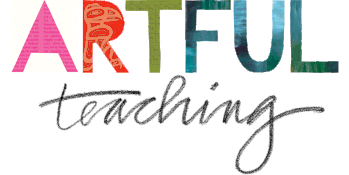
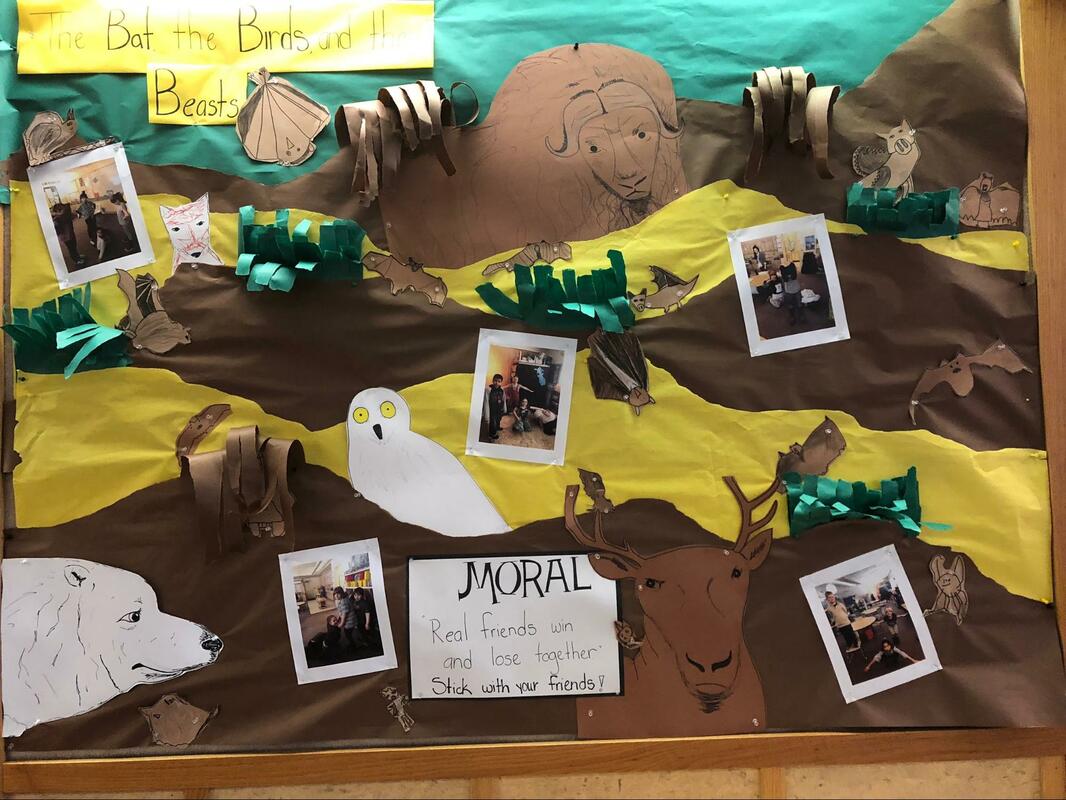
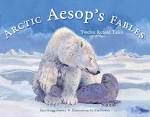
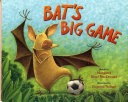
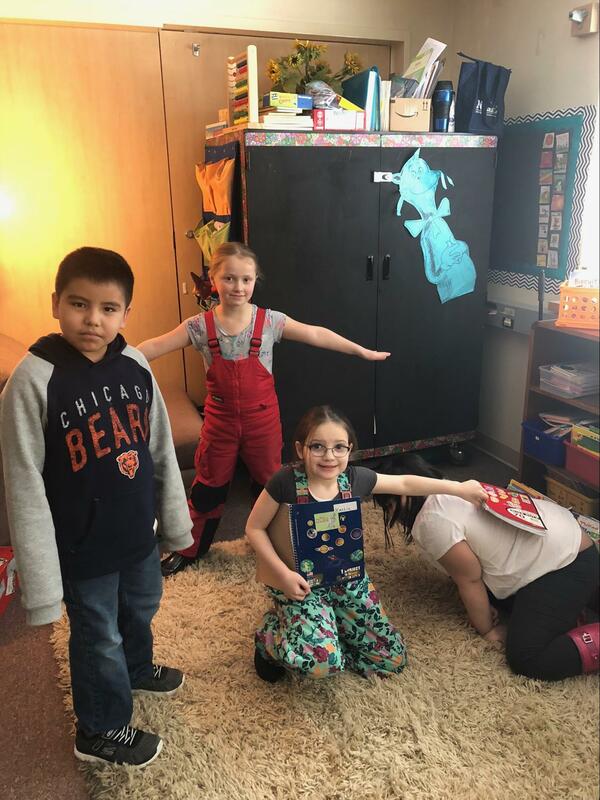
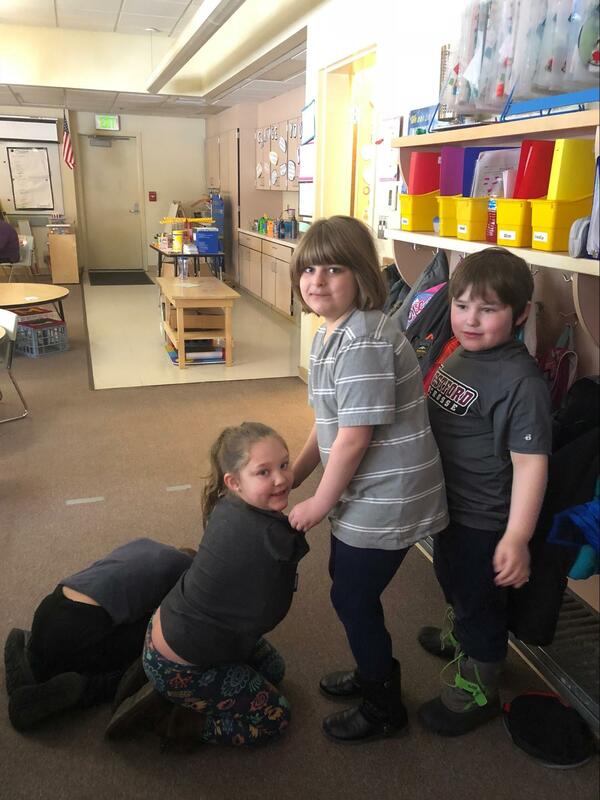
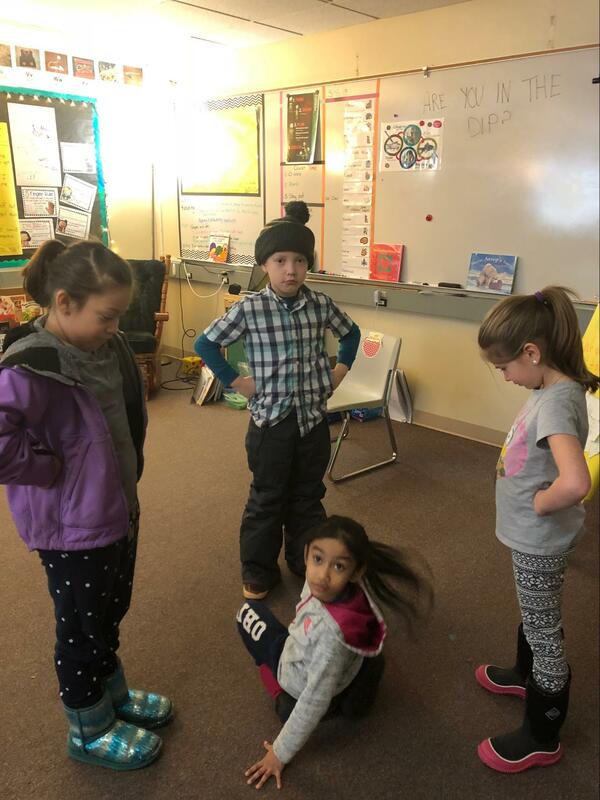
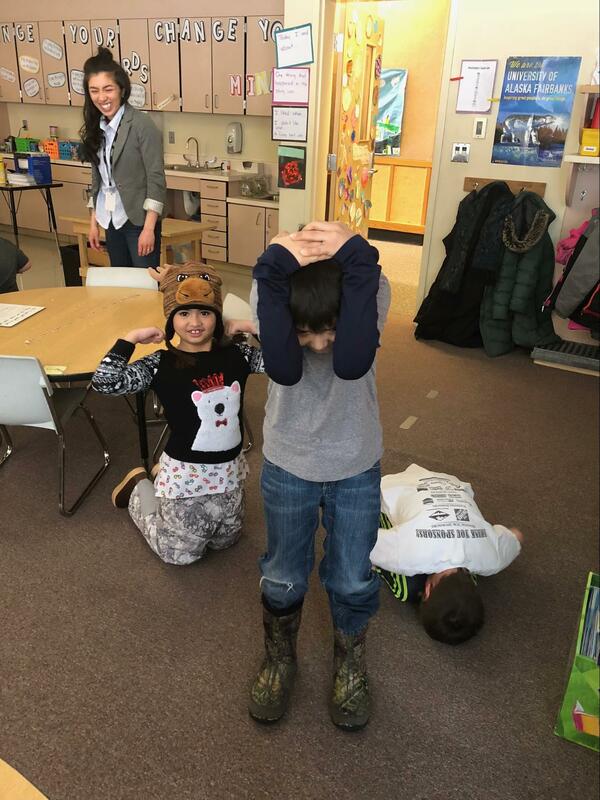
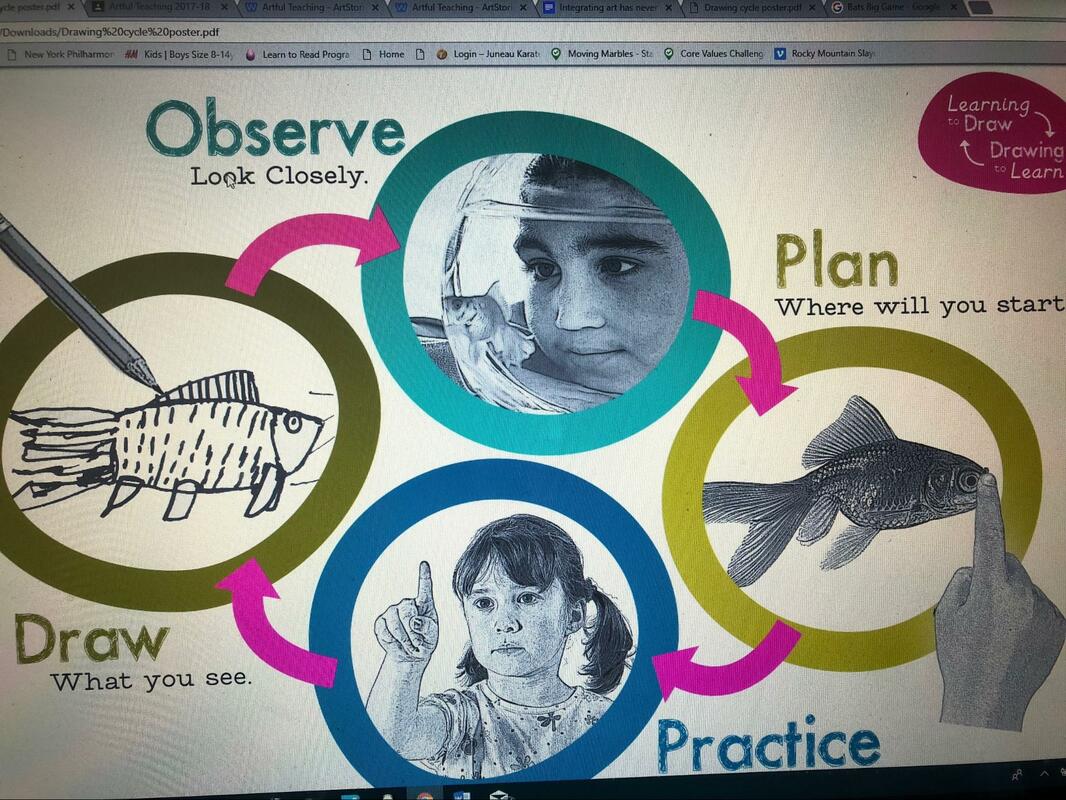
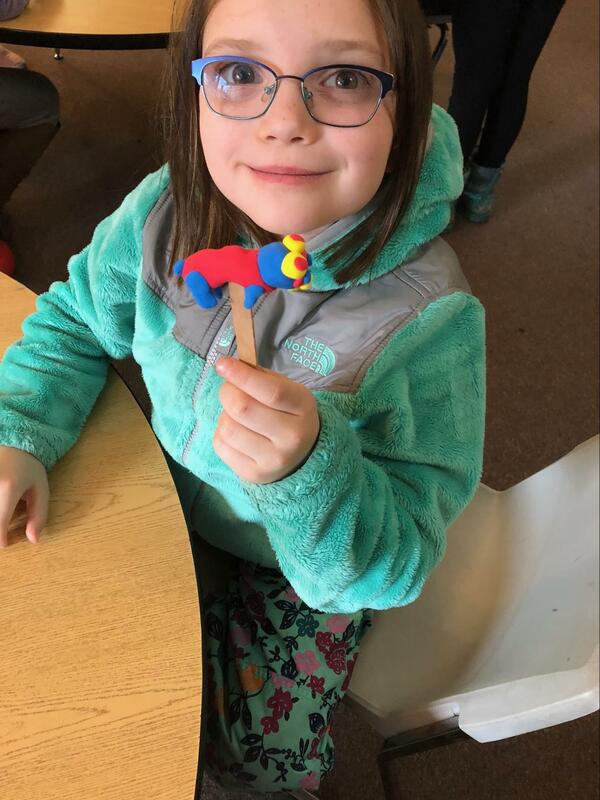
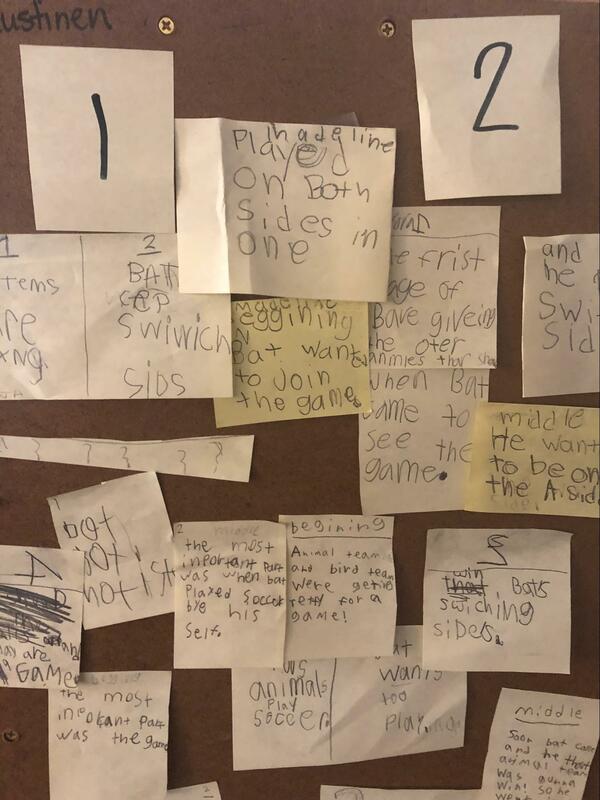
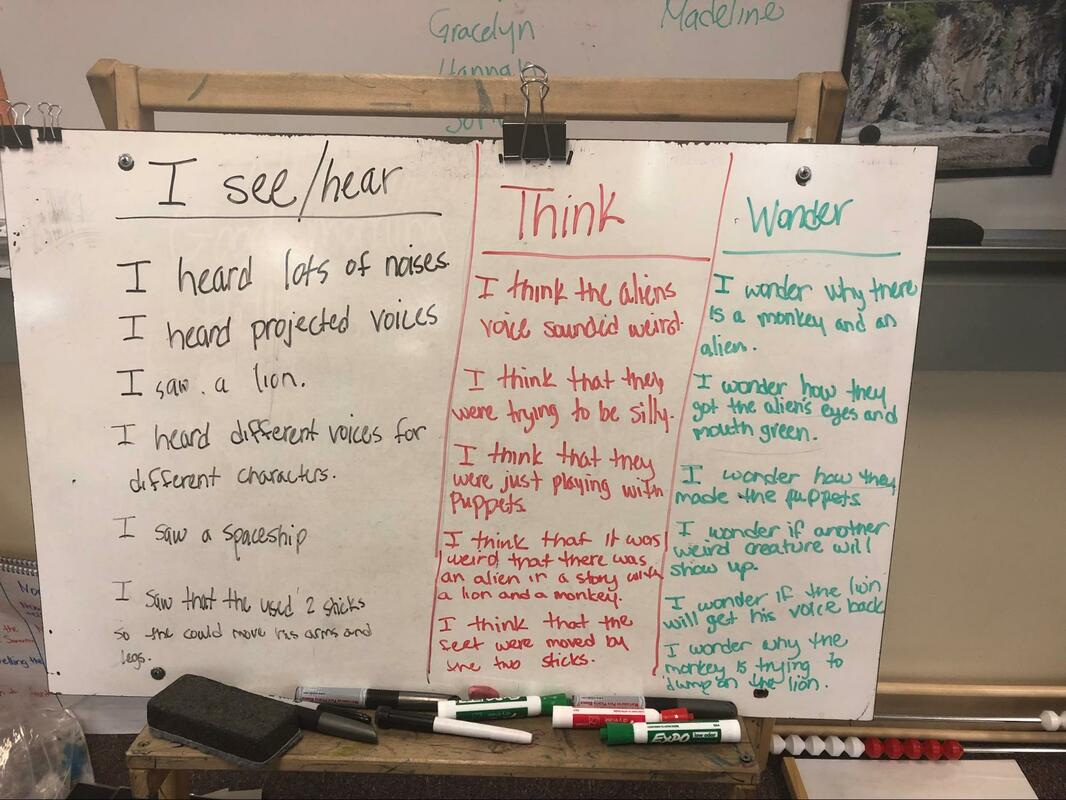
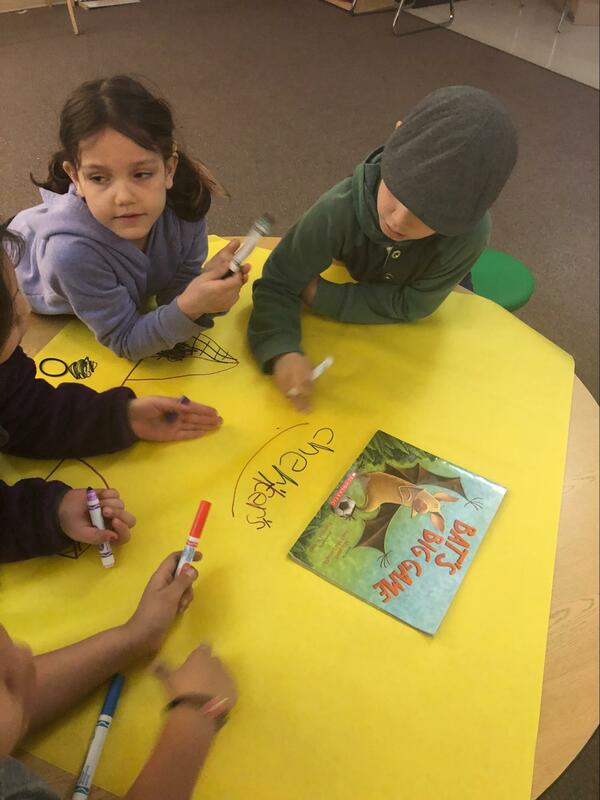
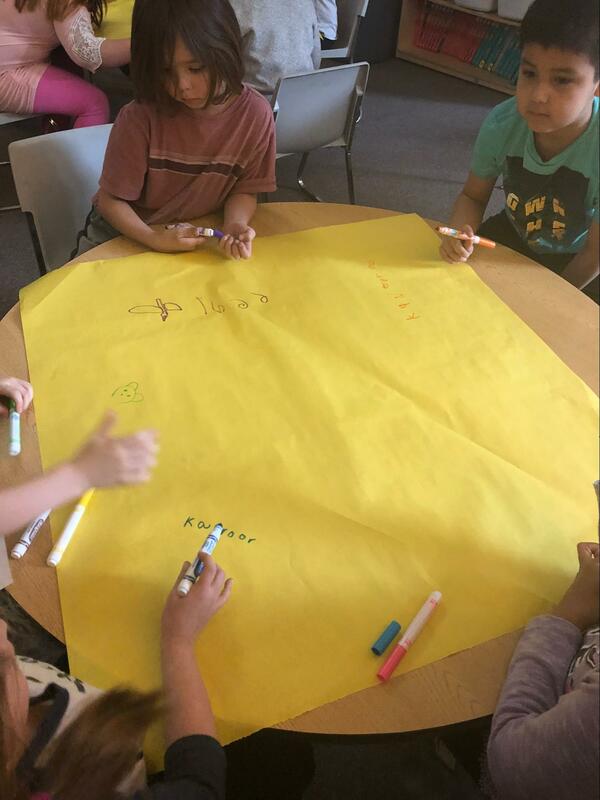
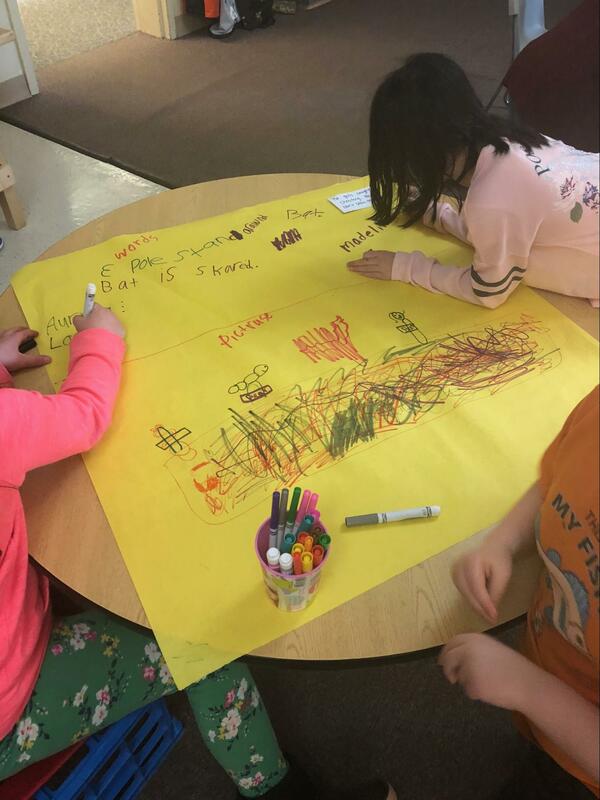
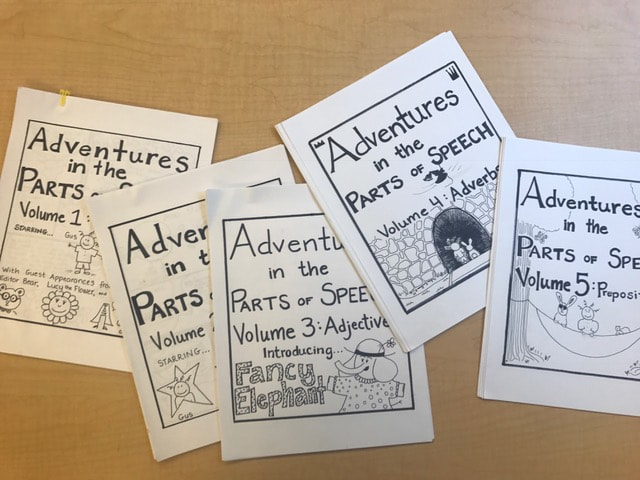
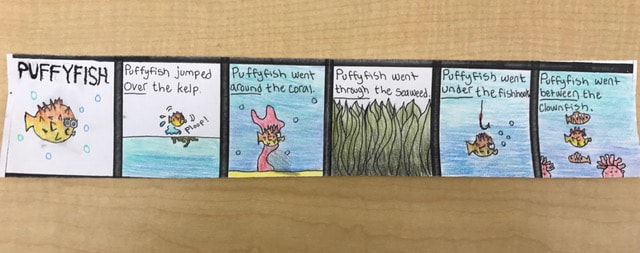
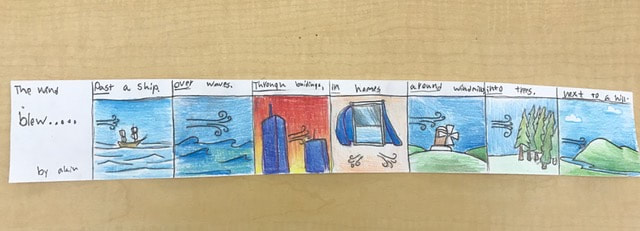
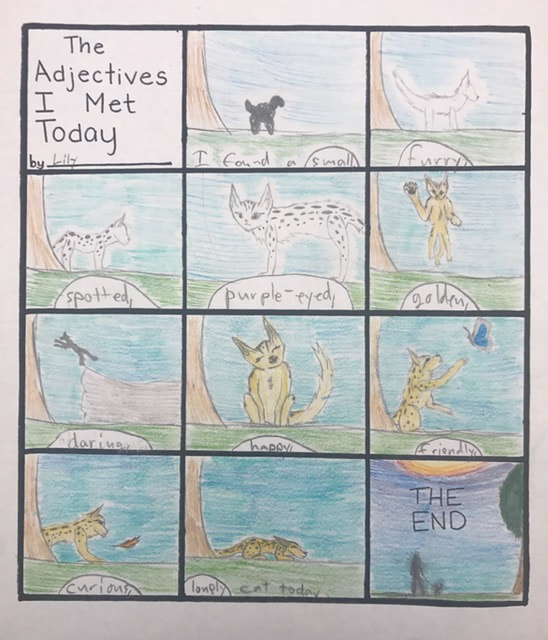
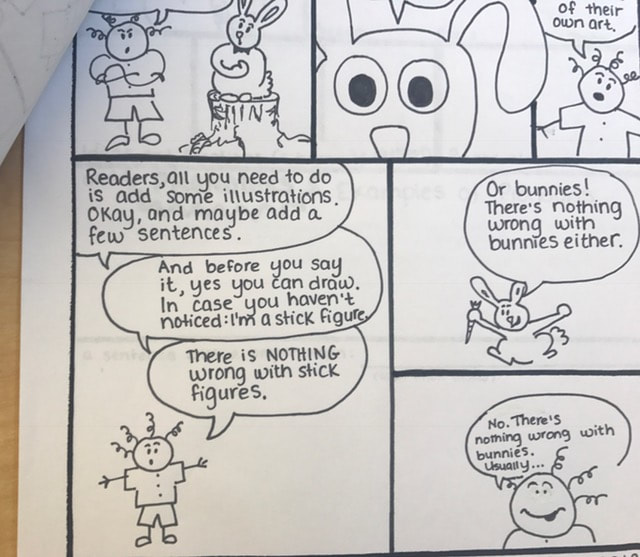
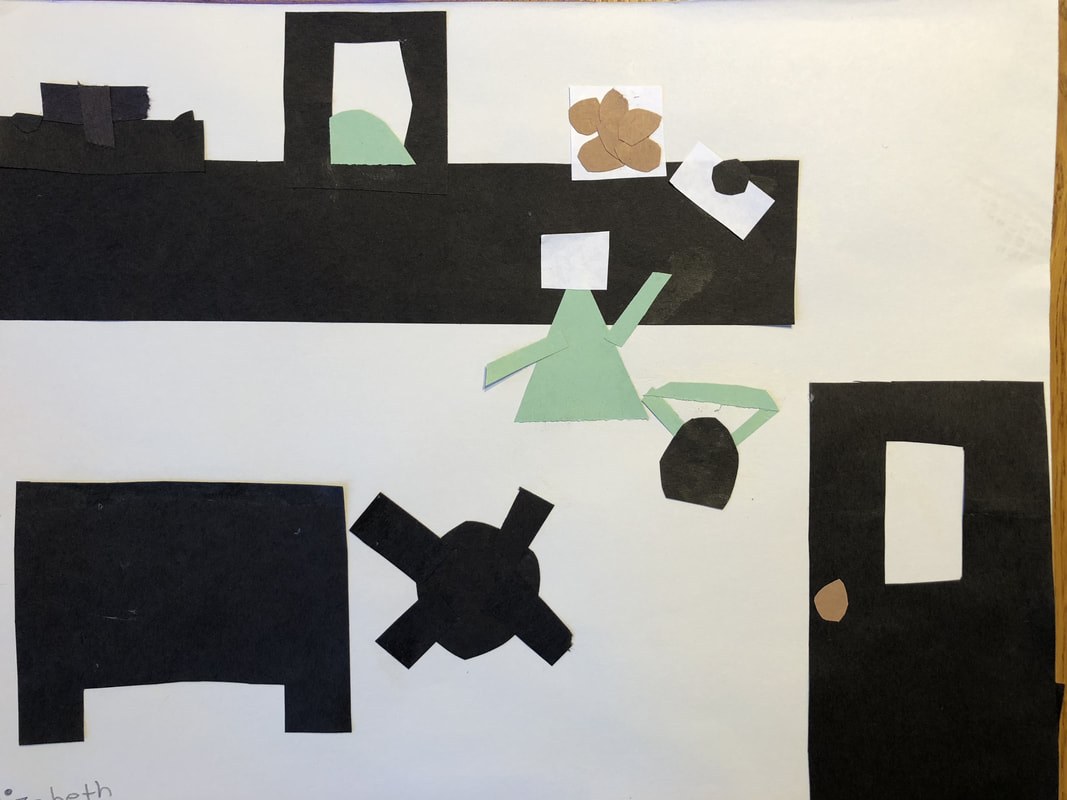
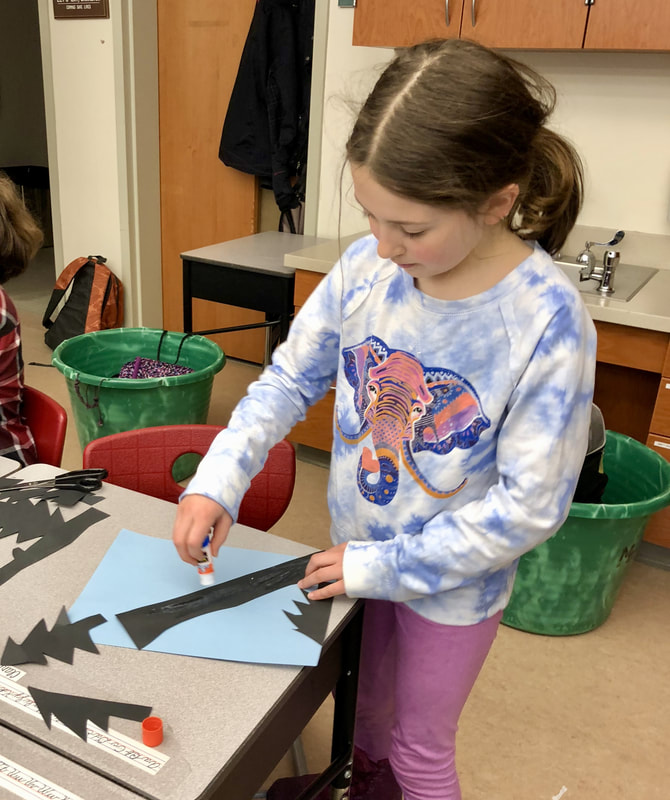
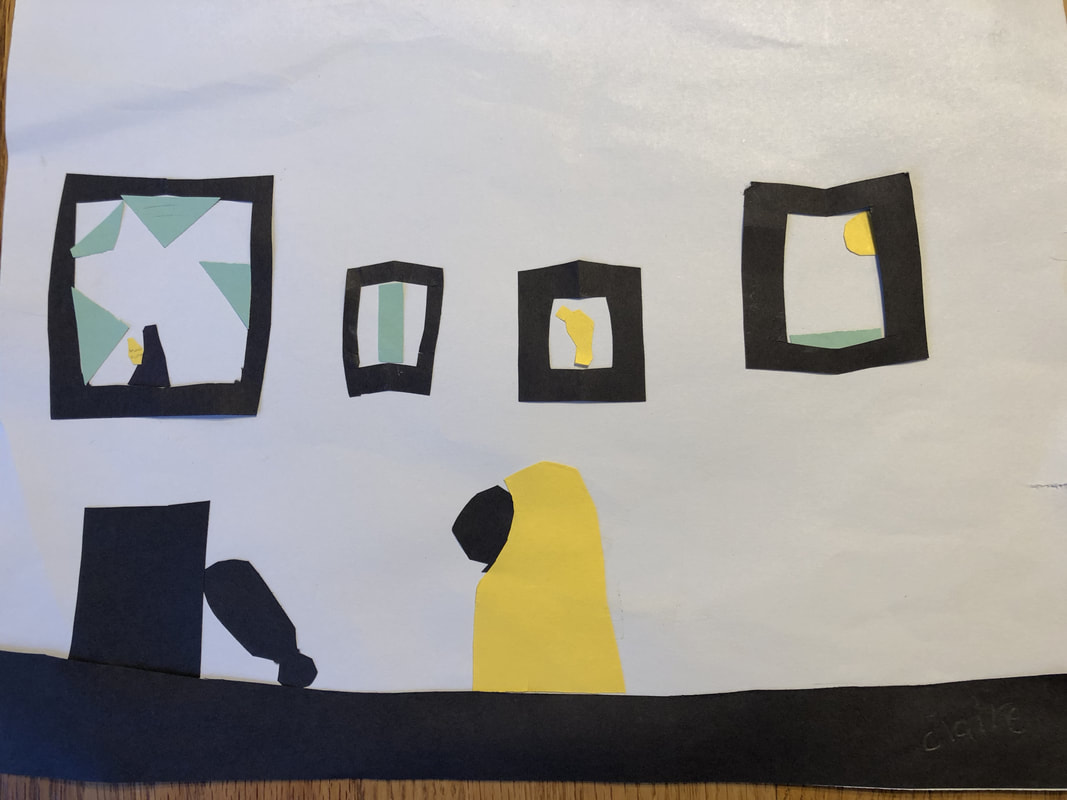
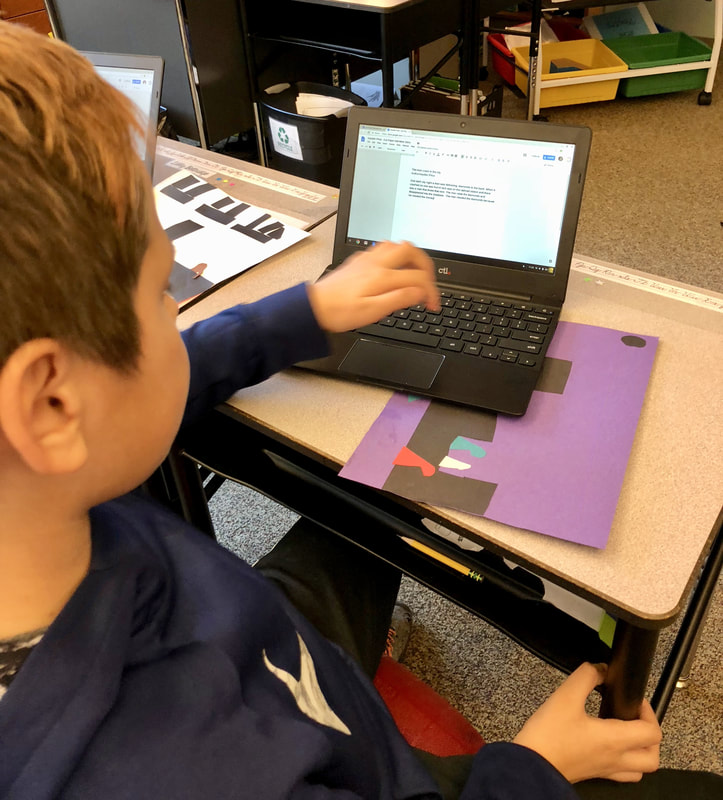
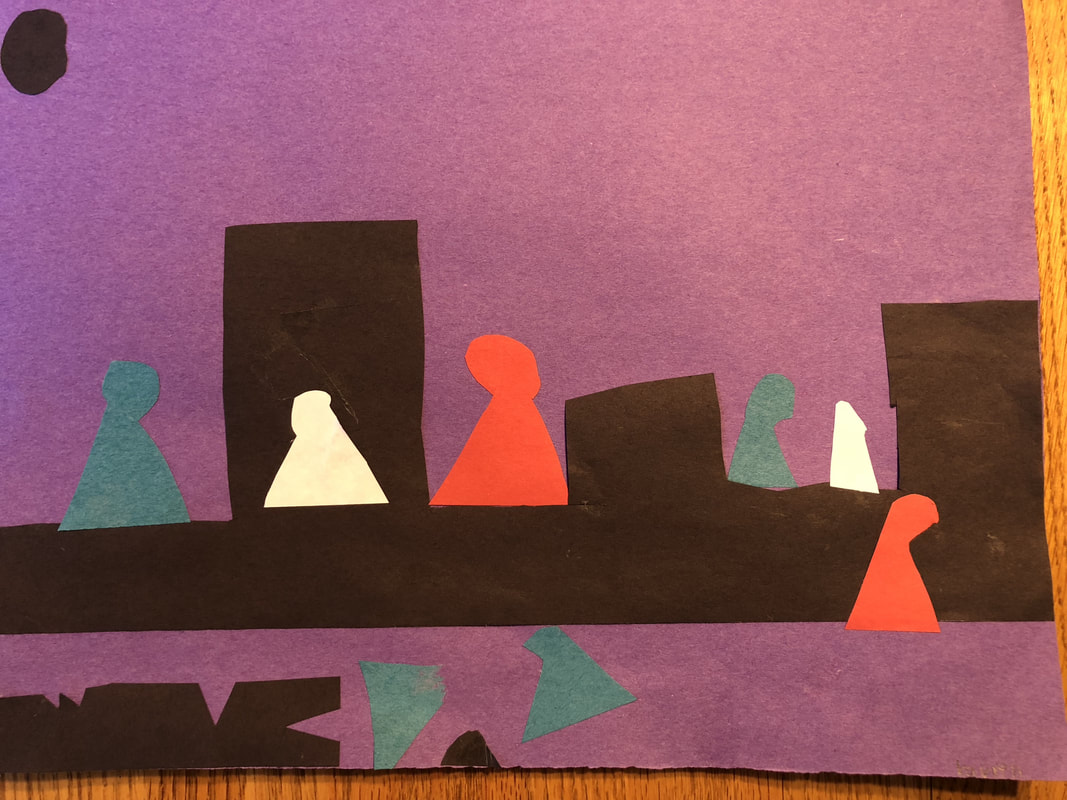
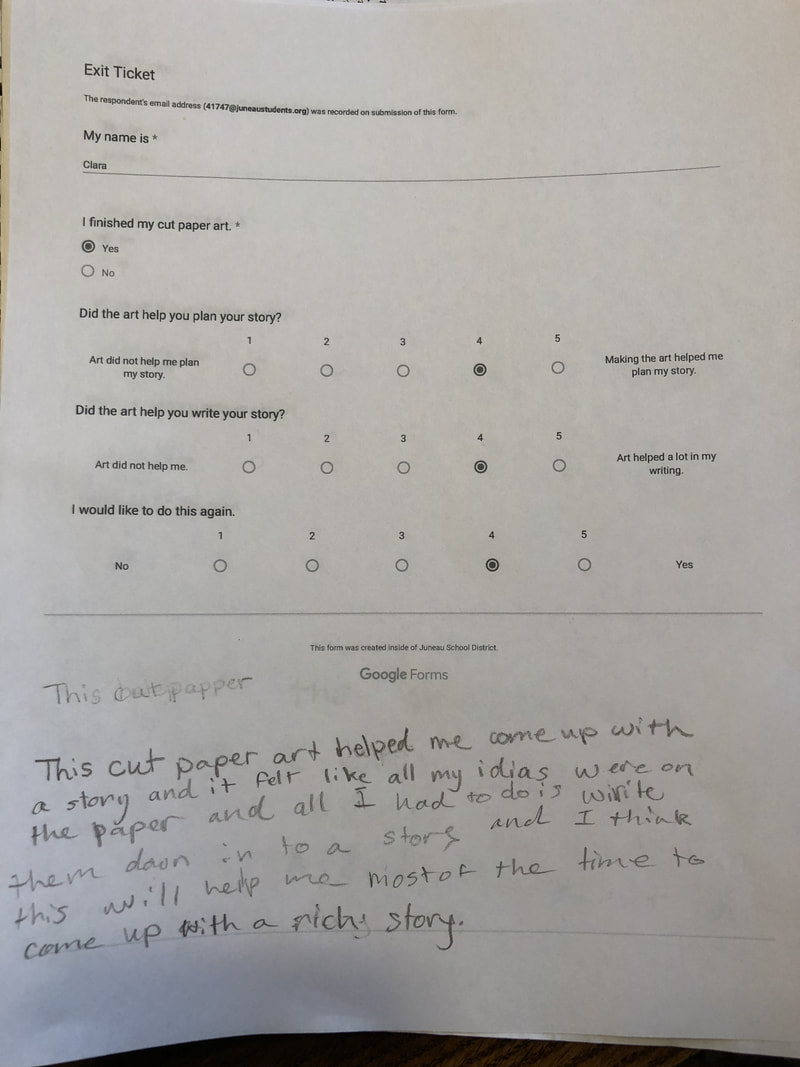
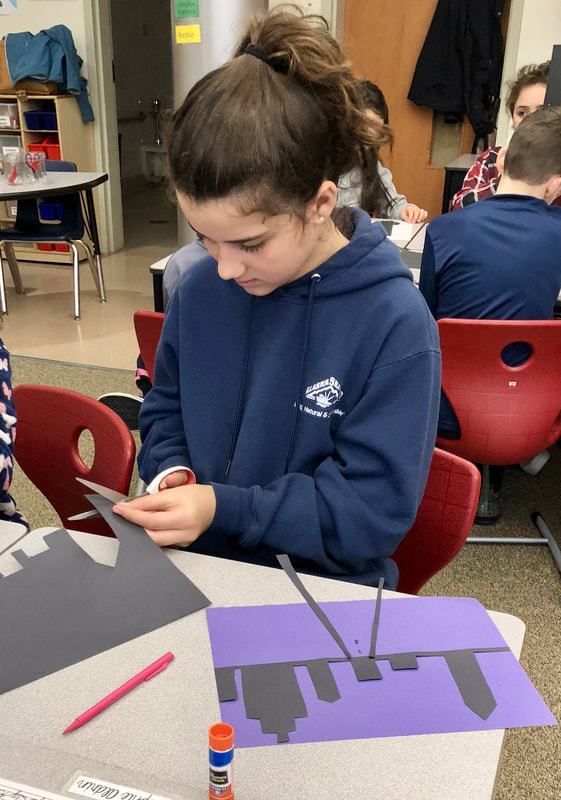
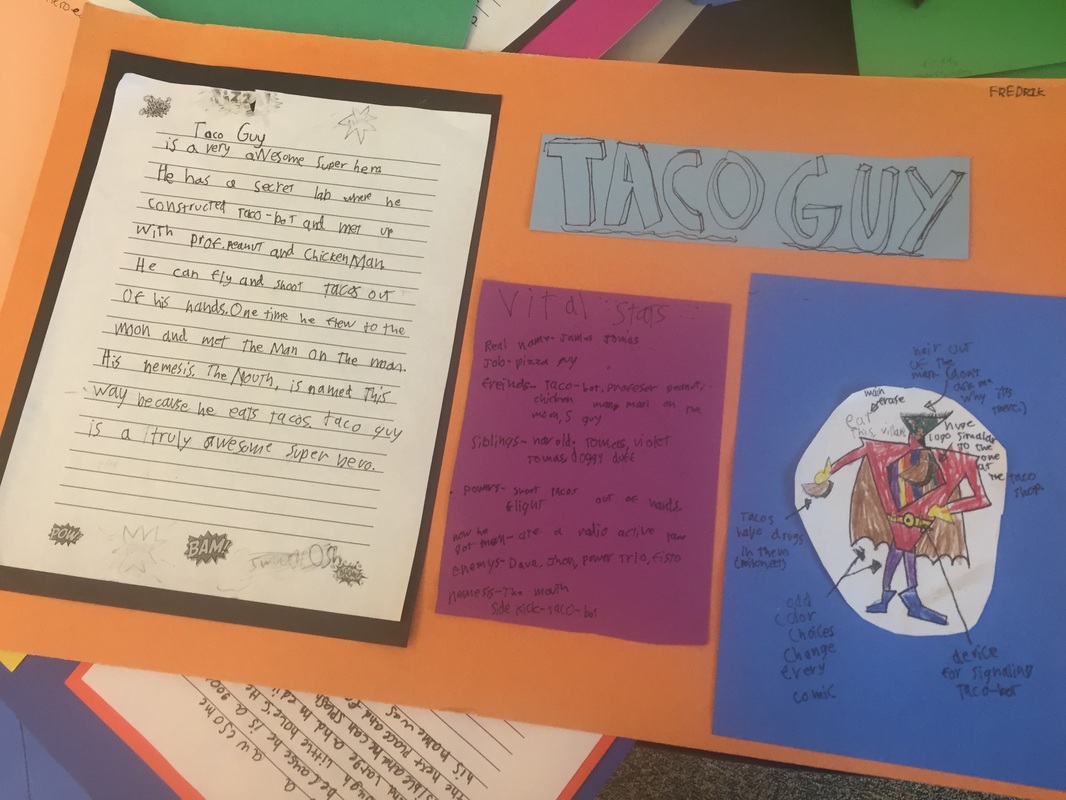
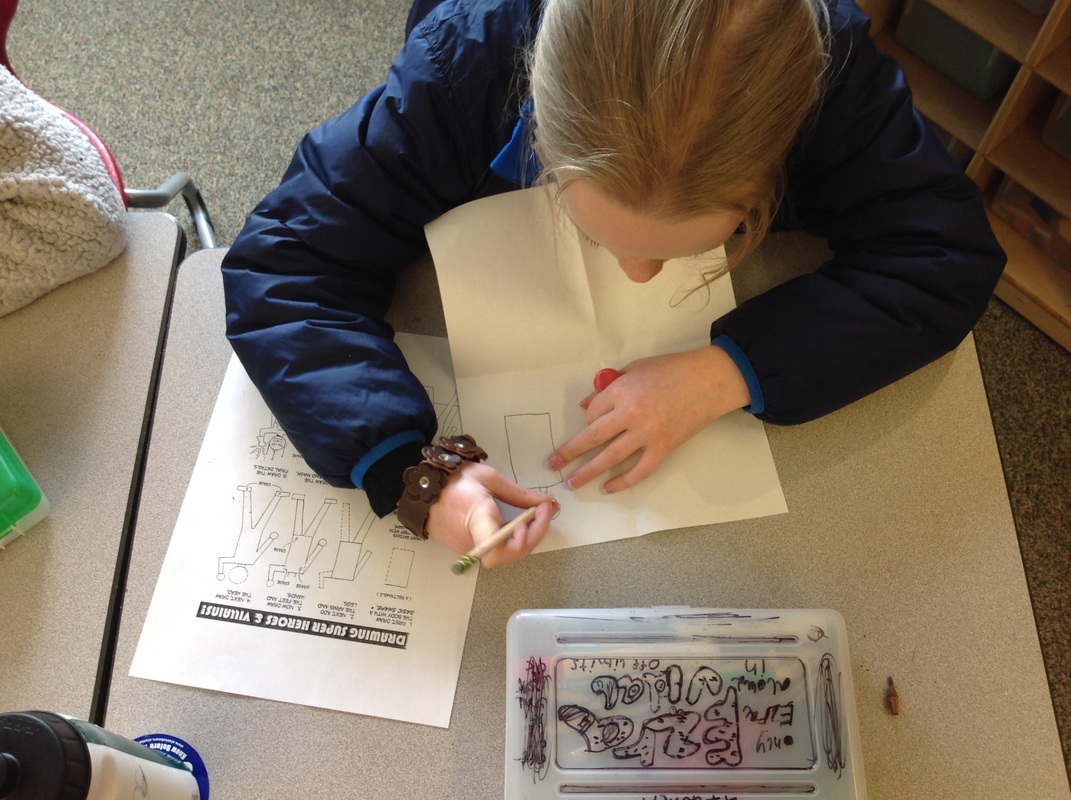
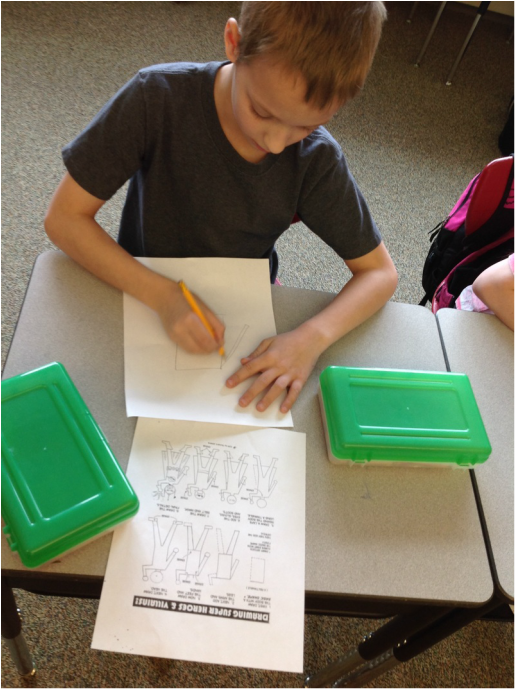
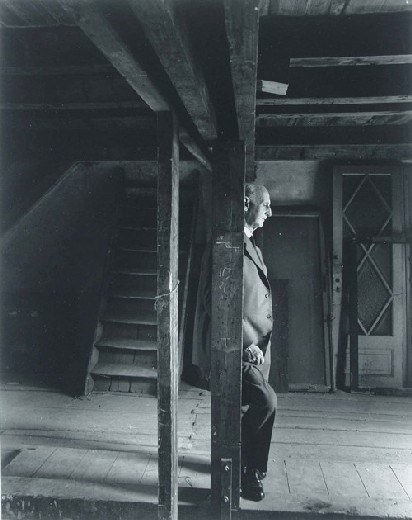
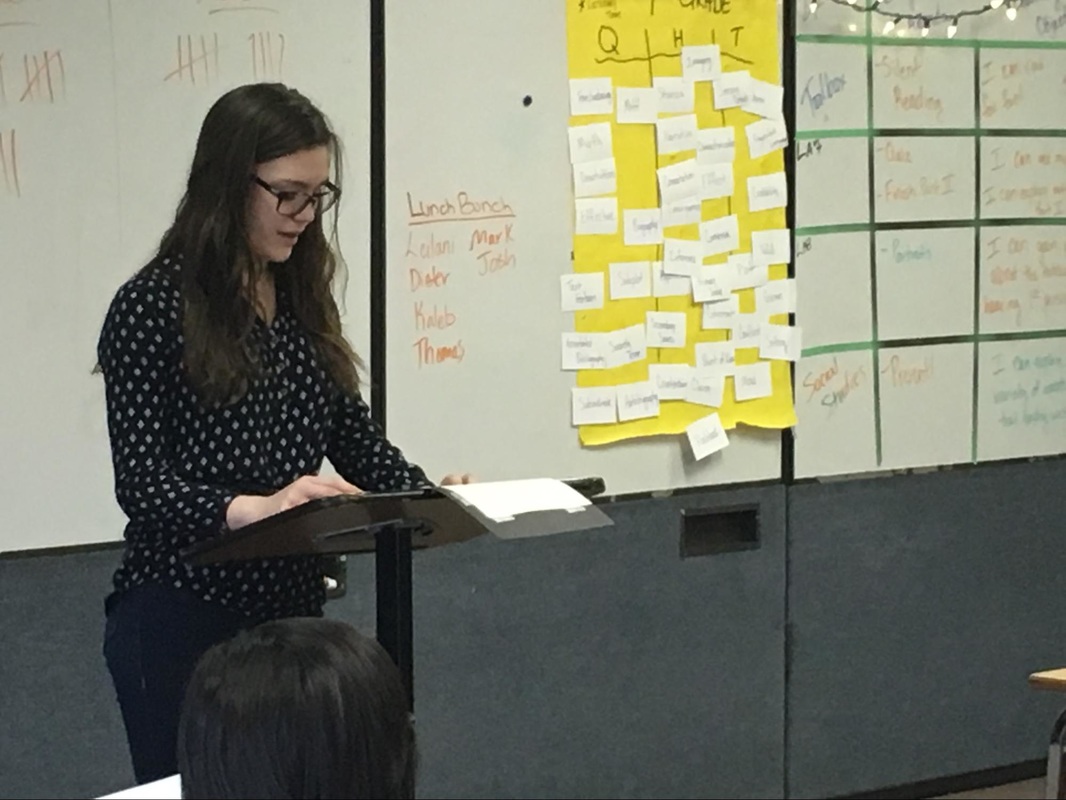
 RSS Feed
RSS Feed